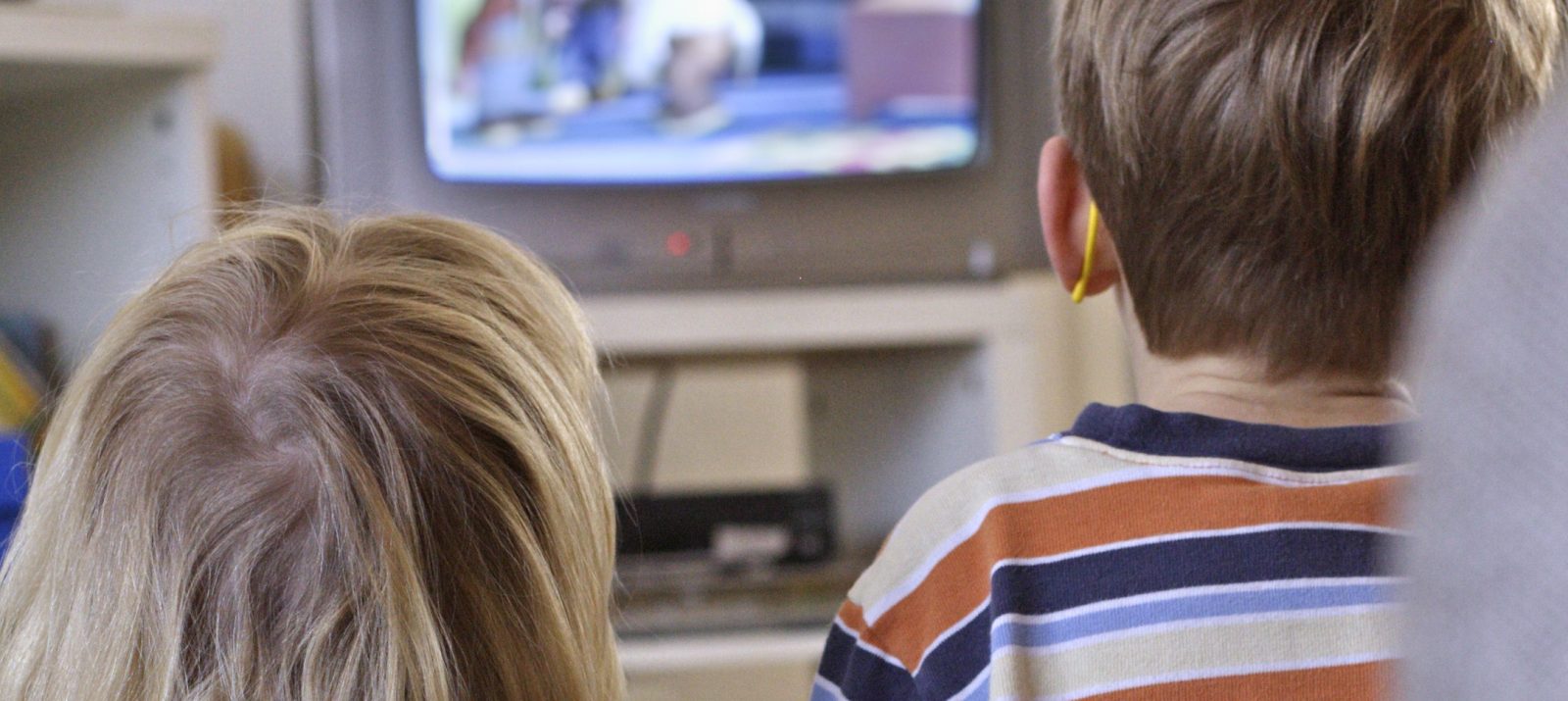
FSK, USK, PEGI, FSF and FSM – these are all abbreviations for youth media protection institutions, so-called self-regulatory bodies. Their logos and age rating can be found on DVDs, in app stores, next to content listings on streaming services or in the TV guide. But what exactly is behind it?
In Germany, the protection of minors is legally regulated by the Youth Protection Act and the Interstate Treaty on the Protection of Minors in the Media. Among other things, this stipulates that media and their content must not endanger the development of children and young people, e.g. by depicting violence or other criminal acts. Age limits have been set according to which media content is classified – depending on what can be seen in it. For this purpose, many media are officially tested. It must be marked whether a movie, series, or game is rated for ages 0, 6, 12, 16, or 18. When games are tested, for example, they are first played through in their entirety and then presented to a panel of youth protection experts. After that, a decision is made on what age rating a game should receive, taking into account many criteria.
Different bodies are responsible for media testing in Germany. Each industry has its own so-called self-regulatory body:
On the European level, there is still PEGI (Pan European Games Information) for the labeling of games. Often these appear in addition to USK labels. PEGI partly uses different age ratings than in Germany and additionally gives hints about the content of the games.
The age ratings are a measure for the protection of minors. The aim is not to impair the development of children and young people, for example by depicting violence or sexual acts. The age ratings are binding. An 18+ game may not be sold to younger people, and movies that are 12+ may not be viewed in theaters by younger children without an adult accompanying them.
Things are a little different within your own four walls: the state does not generally regulate what media content your child is allowed to watch at home. Parents are allowed to make media content available to their children that is not approved for their age. However, the duty to educate must not be violated in the process. You need to assess how your child handles certain content and whether he or she can process it. The age ratings provide a good orientation! FSK, USK and FSF ratings do not indicate whether children already understand the content and whether it is recommended for a certain age from an educational point of view. However, the individual justifications of classified films, series and games can be read on the websites of the self-regulatory bodies. In addition, you should look at educational recommendations. For games, we recommend the Spielatgeber NRW and spielbar.de, and for movies, series and TV programs, the FLIMMO offering.